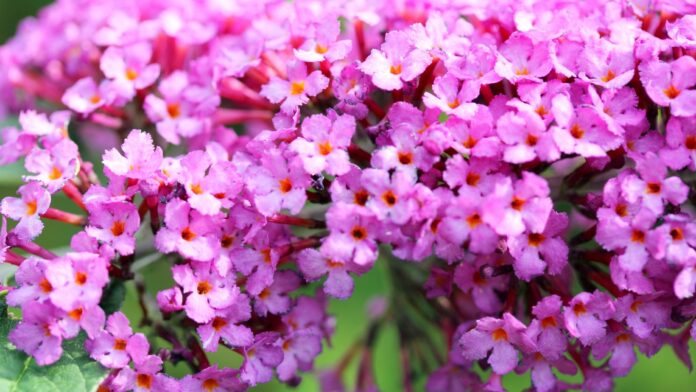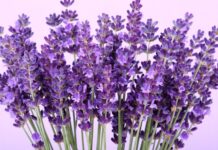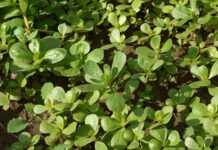Butterfly Bush (Buddleja davidii), also known as summer lilac, is a popular deciduous or semi-evergreen shrub renowned for its ability to attract butterflies and other pollinators with its fragrant, colorful flowers. Originating from China, this plant can grow up to 12 feet tall and features long, conical clusters of flowers that come in shades of purple, pink, white, and red. While it’s celebrated for its ornamental value and ease of care, it is also considered invasive in many parts of the United States.
Detailed Discussion
1. Description and Characteristics
- Growth Habit: Buddleja davidii typically reaches heights of 6 to 12 feet with a spread of 4 to 15 feet. The shrub has a rapid growth rate and often features arching branches.
- Leaves: The leaves are lance-shaped, with a length of about 4 to 10 inches, and are grayish-green in color.
- Flowers: The bush produces dense, spike-like clusters, 6 to 18 inches long, of tiny, tubular flowers from early summer to autumn. These are highly attractive to butterflies and bees.
2. Cultivation
- Planting: It thrives in full sun and well-drained soil. It’s best to plant in spring or early fall to allow the plant to establish before the extremes of summer or winter.
- Care: The plant requires minimal care once established. Regular pruning is recommended to encourage flowering and maintain desired shape. It should be pruned in early spring before new growth begins.
- Watering: Water the plants deeply but infrequently, as the butterfly bush is drought tolerant once established.
3. Ecological Impact
- Invasiveness: In many areas, especially in the Eastern and Northwestern United States, Buddleja davidii has escaped cultivation and naturalized in the wild, leading to its classification as an invasive species. It can outcompete native vegetation and disrupt local ecosystems.
- Control: To prevent spreading, choose sterile cultivars such as ‘Blue Chip’ or ‘Asian Moon’ which are less likely to seed and spread.
4. Uses
- Garden Use: Ideal for use in borders, mixed gardens, and as a foundation plant. Its ability to attract butterflies makes it a valuable addition to any wildlife or pollinator garden.
- Landscape Design: Due to its size and ornamental flowers, it can be used as a focal point in landscape designs.
5. Varieties
- Several hybrid and cultivar options are available, varying mostly in size and flower color. Popular varieties include:
- ‘Black Knight’: Features deep purple flowers.
- ‘Nanho Blue’: Known for its blue flowers and smaller size.
- ‘White Profusion’: Offers abundant white flowers.
6. Potential Issues
- Pests/Diseases: Generally resilient to pests and diseases, though spider mites and nematodes can cause problems under stressed conditions.
- Maintenance: Without regular pruning, butterfly bushes can become leggy and unattractive.
References
- Dirr, M. (2011). Manual of Woody Landscape Plants. Stipes Publishing L.L.C. – A comprehensive guide to the characteristics and cultivation of Buddleja davidii.
- Missouri Botanical Garden. Buddleja davidii. – Offers detailed plant information including growth habits, care, and varieties.
- National Invasive Species Information Center, USDA. Butterfly Bush Invasiveness. – Details the invasive nature and ecological impacts of Buddleja davidii.










